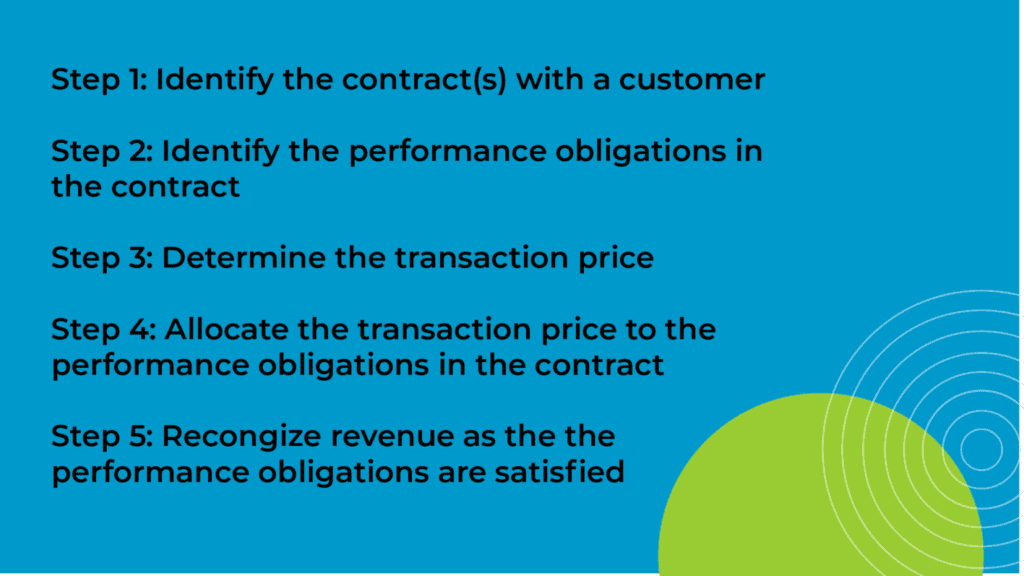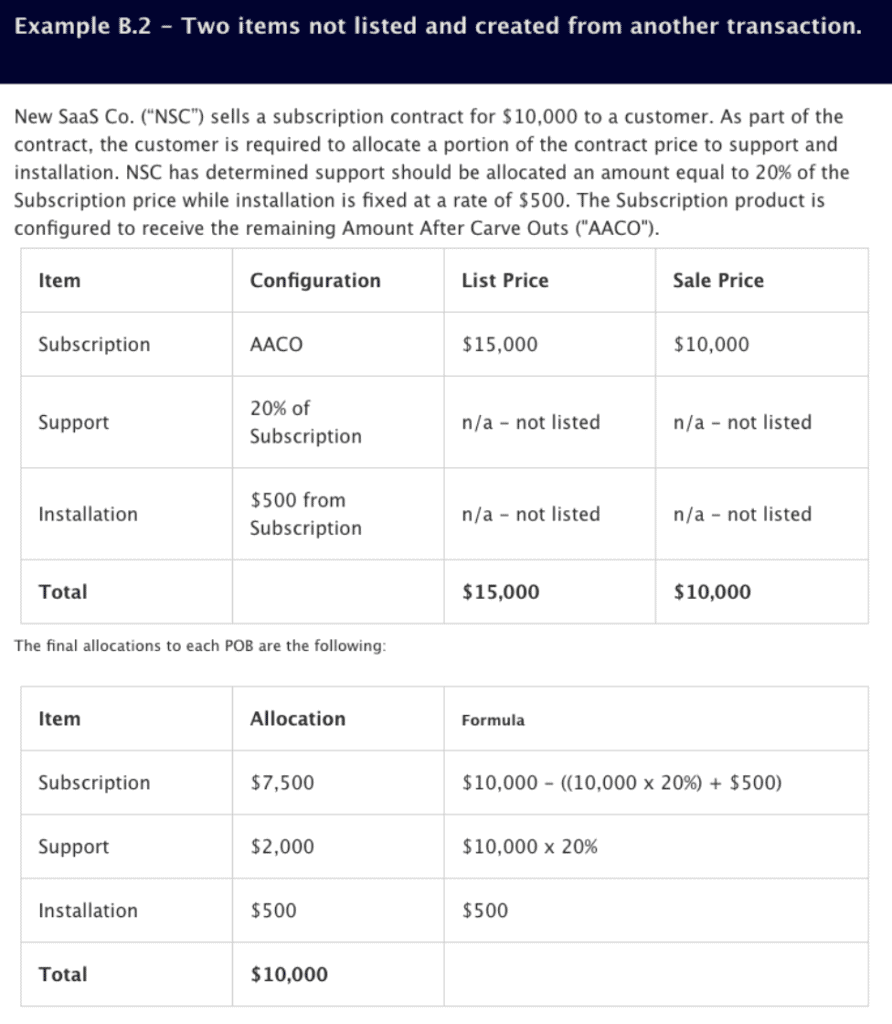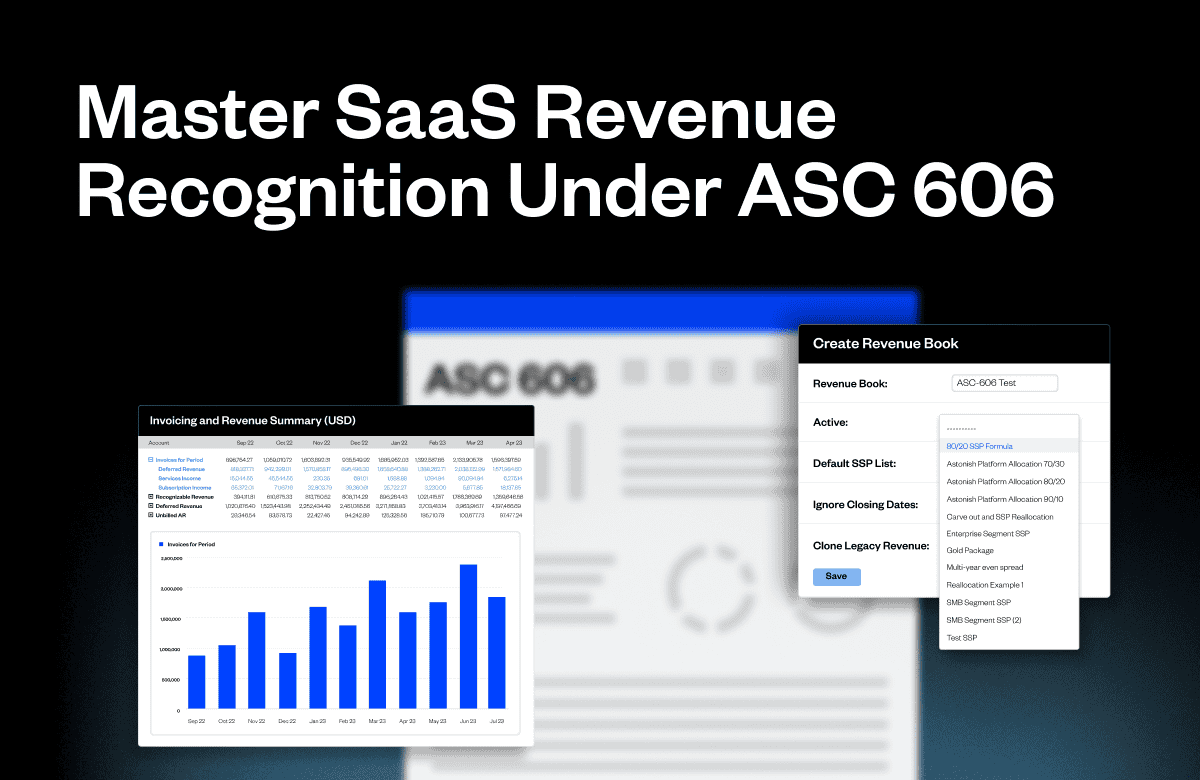In 2020, the Financial Accounting Standards Board (FASB) mandated the adoption of the ASC-606 accounting standards for private companies by December of 2020.
While many large companies already adhered to the standards, it sent many smaller, private companies into a tailspin trying to quickly understand, adopt, and maintain the standards.
There was (and still is) a lot of confusion surrounding the new standards, particularly in regards to the changes in revenue recognition practices. That’s why Maxio created an advanced workflow specifically dedicated to adopting and maintaining ASC-606 compliance.
Why RevenueBooks for ASC 606 adoption?
If you’re a B2B SaaS company with complex, sales-negotiated contracts, then the price listed on your sales order or contract may not always equal the price used for revenue recognition. When you start introducing variable pricing, discounts, credits, and early termination clauses, revenue recognition gets messy and that’s where RevenueBooks comes in.
Having an automated way to move away from the old standard and toward the new one is the only way to mitigate the risk of human error in spreadsheets. Bonus? You’re saving yourself a lot of time and hand-wringing.
What are performance obligations?
According to the FASB glossary, a performance obligation is a promise in a contract to transfer a distinct good or service or a bundle of goods or services. Performance obligations can be either explicit or implicit, and it’s up to human judgment to determine whether a performance obligation is explicit or implicit. Companies often hire outside consultants to help them define performance obligations to ensure they are defensible to outside auditors.
To be compliant with ASC 606, companies need to show they can consistently re-allocate revenue to each performance obligation at its standalone selling price.
While there are five main pillars of ASC 606, RevenueBooks helps primarily with the last two: allocating the transaction price and recognizing revenue.

ASC 606 Principle: Allocate a Transaction Price
After you’ve identified the specific performance obligations, Maxio’ RevenueBooks module allows you to establish and enforce specific rules (formulas) for re-allocating your total contract price to those performance obligations.
Allocations in RevenueBooks can be performed through a variety of methods. You can assign specific amounts, carve out a part of one obligation’s price and allocate to another, or simply use a dynamic formula to perform the needed calculation.
Carve-outs come into play when an item is not listed as a transaction in a contract (explicit performance obligation), but you would like to allocate revenue to a non-listed item (implicit performance obligation).
For example, this is useful when you sell a single item such as a software subscription, and you only list that subscription on your order, but you are required to allocate part of that subscription to the ongoing support services you provide in the contract.
ASC 606 Principle: Recognizing Revenue
Once you have reallocated the price, all that’s left is to recognize revenue. In the following example, a SaaS company that we’ll affectionately call, “New SaaS Company,” has established with their auditor to more accurately reflect the source of revenue, they need to reallocate some of their existing recognized revenue from the “subscription” item to the “support” item.
While the Company only listed a single subscription item on their contract, by utilizing the RevenueBooks functionality, they were able to allocate revenue to subscriptions, support, and installation to create a more accurate representation of their financials.

Maxio Helps You Maintain ASC 606 Compliance
The above scenarios illustrate how RevenueBooks, an advanced workflow in the Maxio platform, enables you to migrate from the old (ASC 605) to new (ASC 606) standards and maintain compliance moving forward. Don’t put ASC 606 off any longer, talk to someone at Maxio today about how RevenueBooks can help your business.




